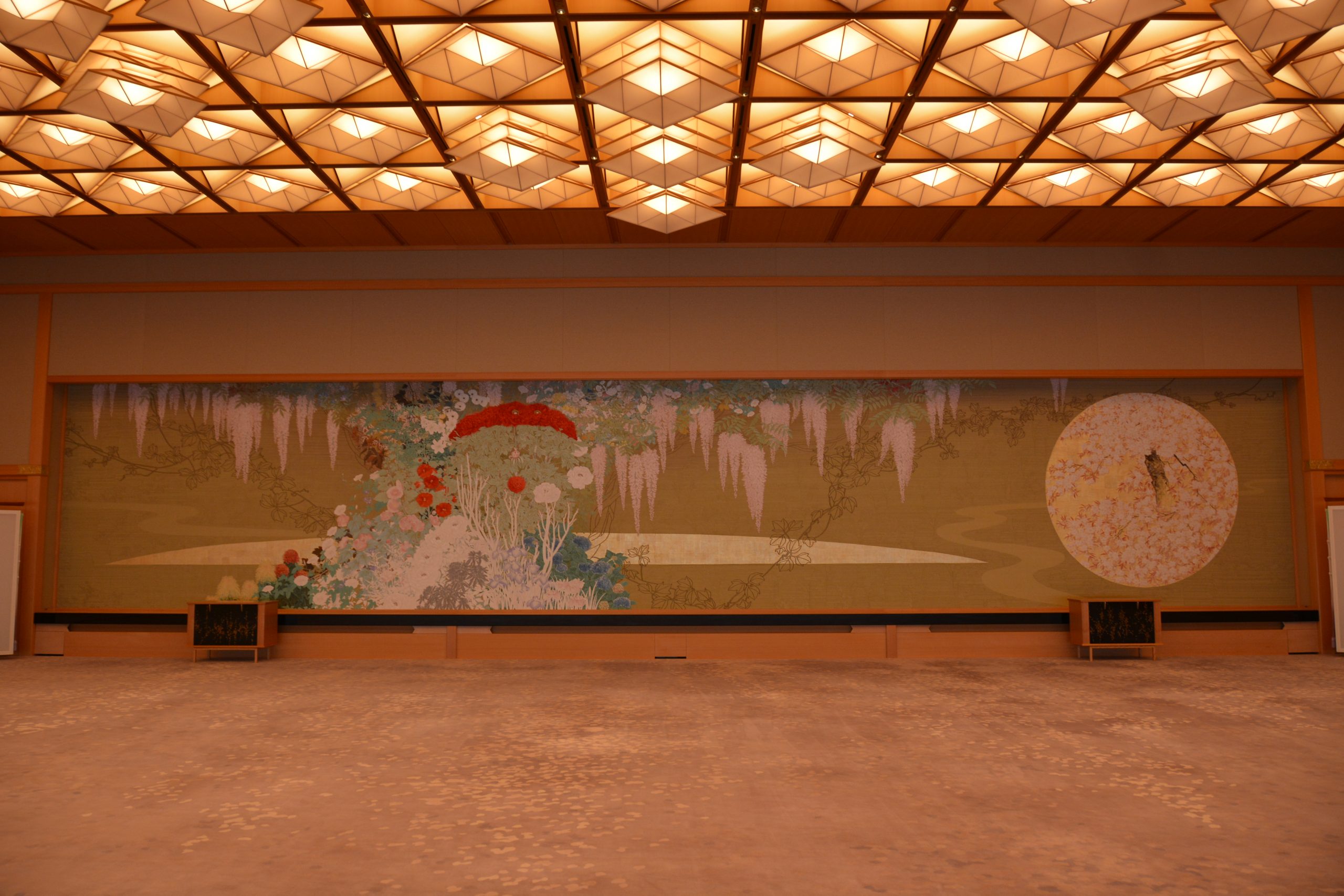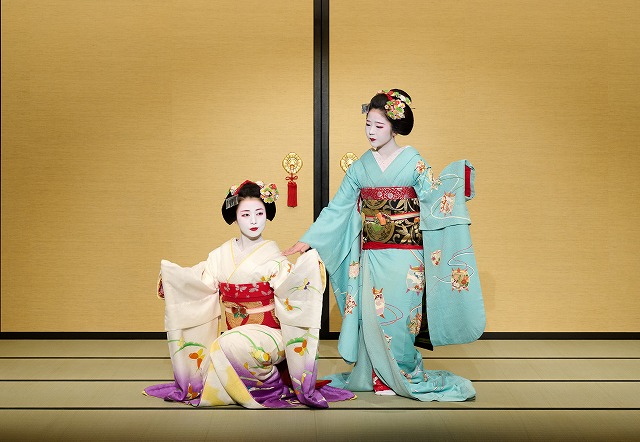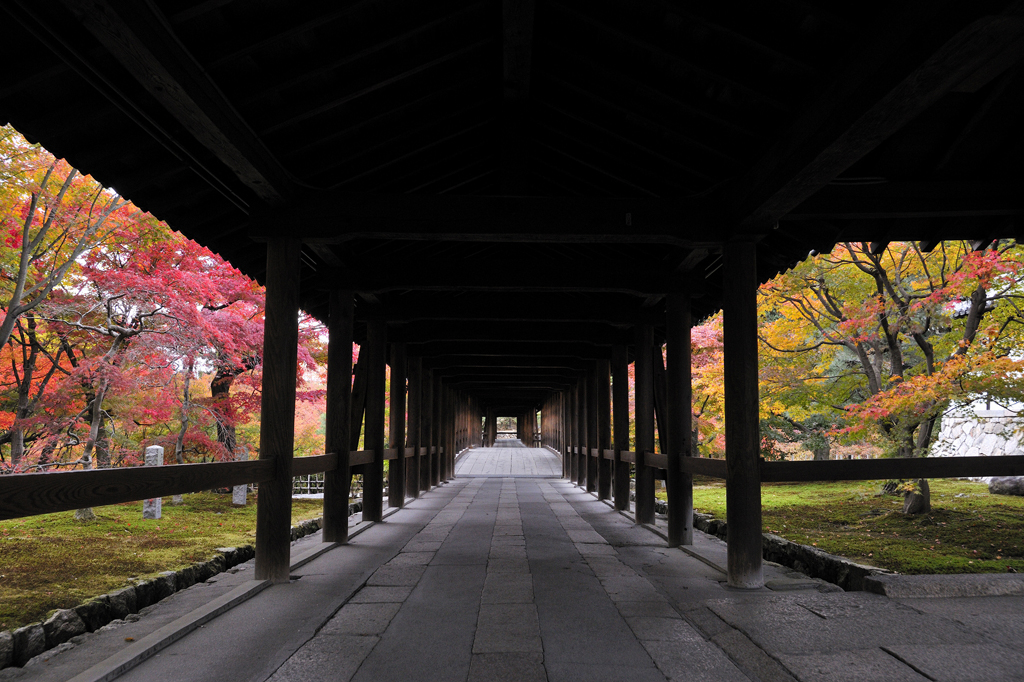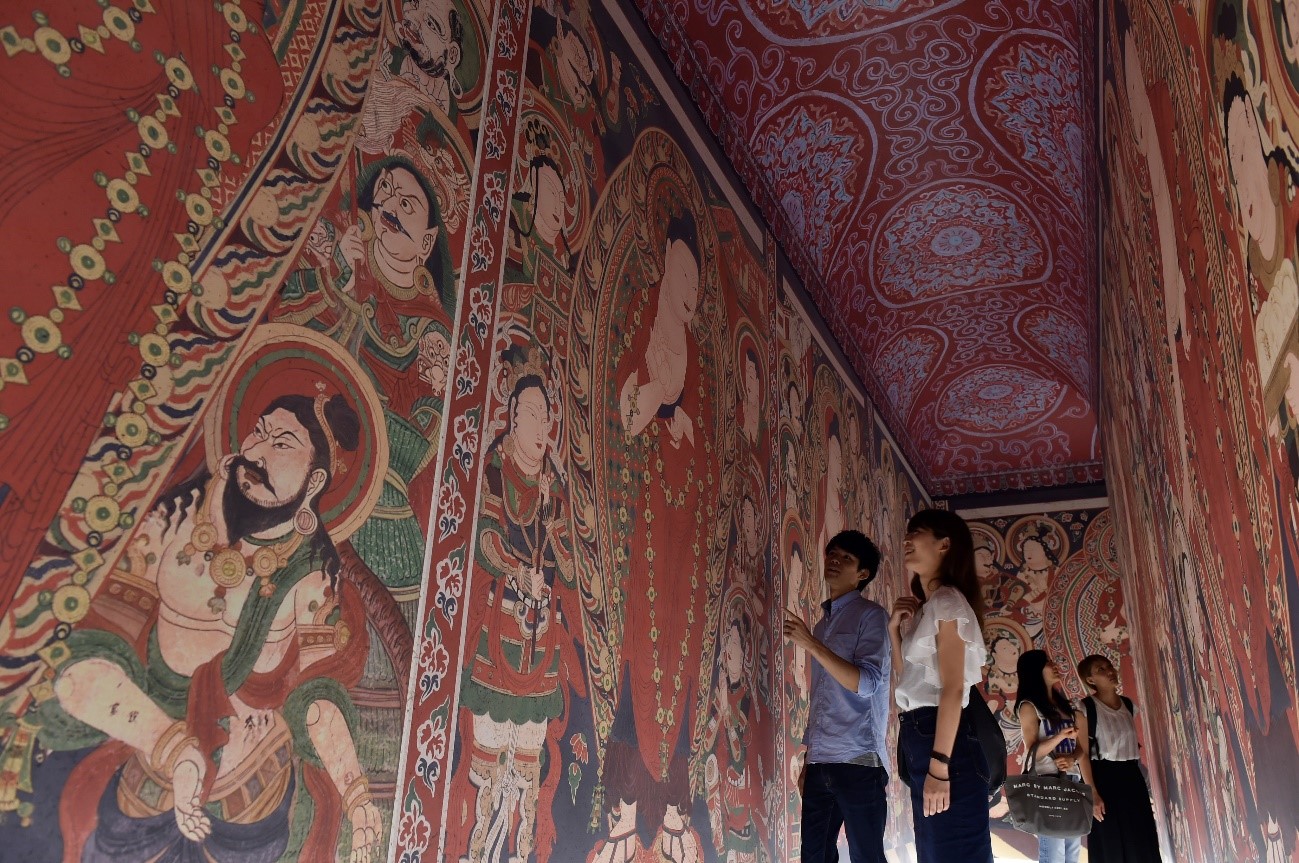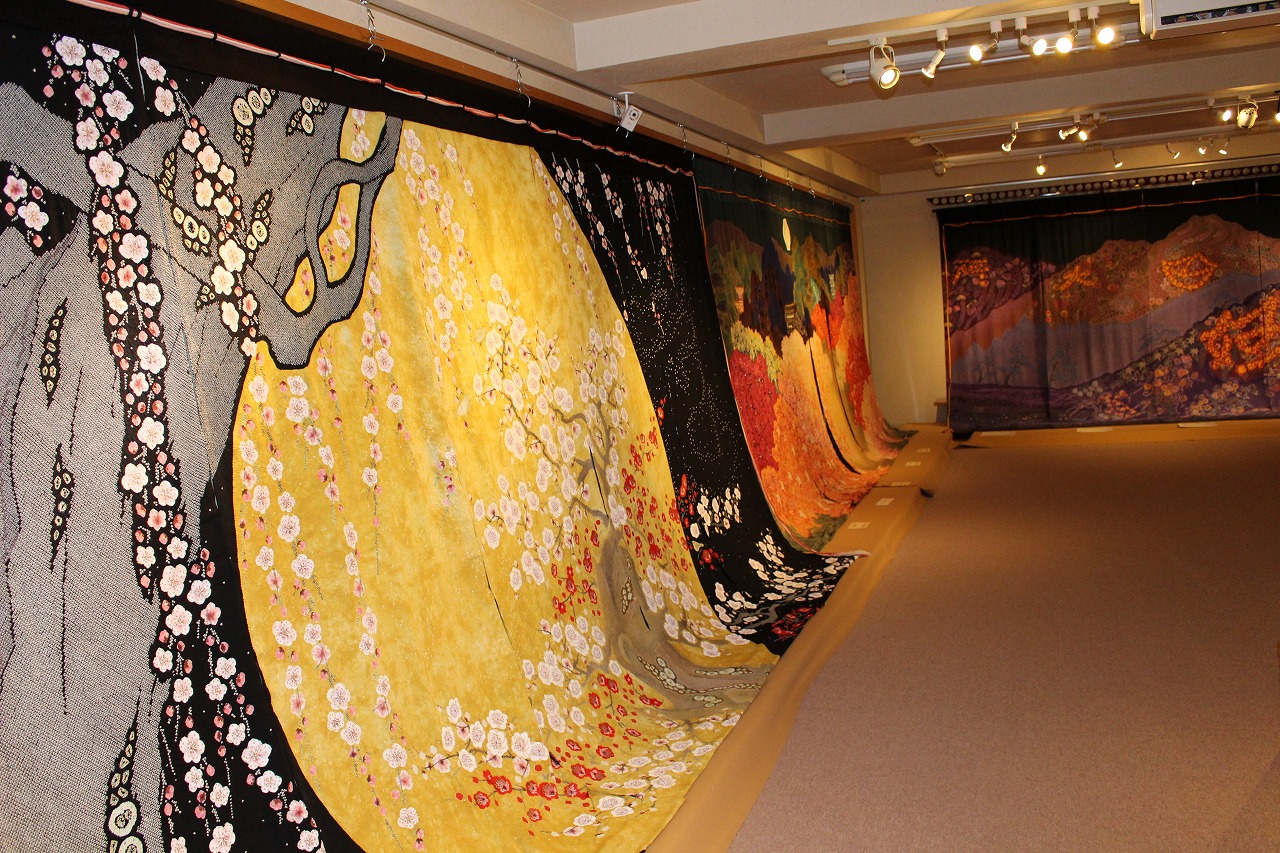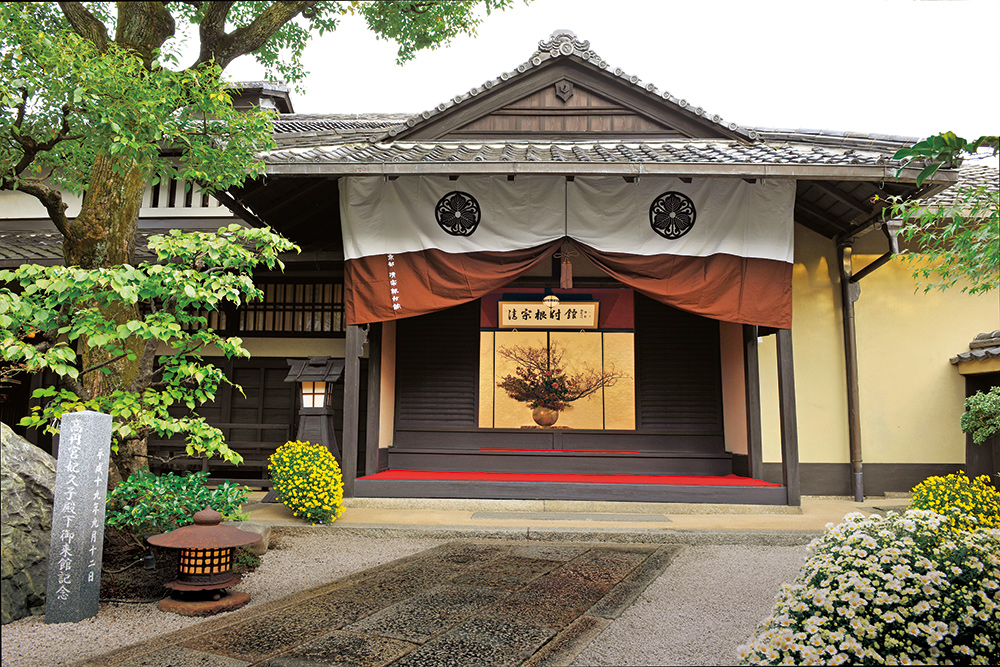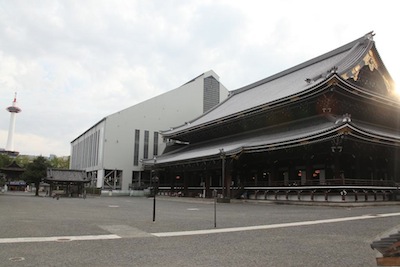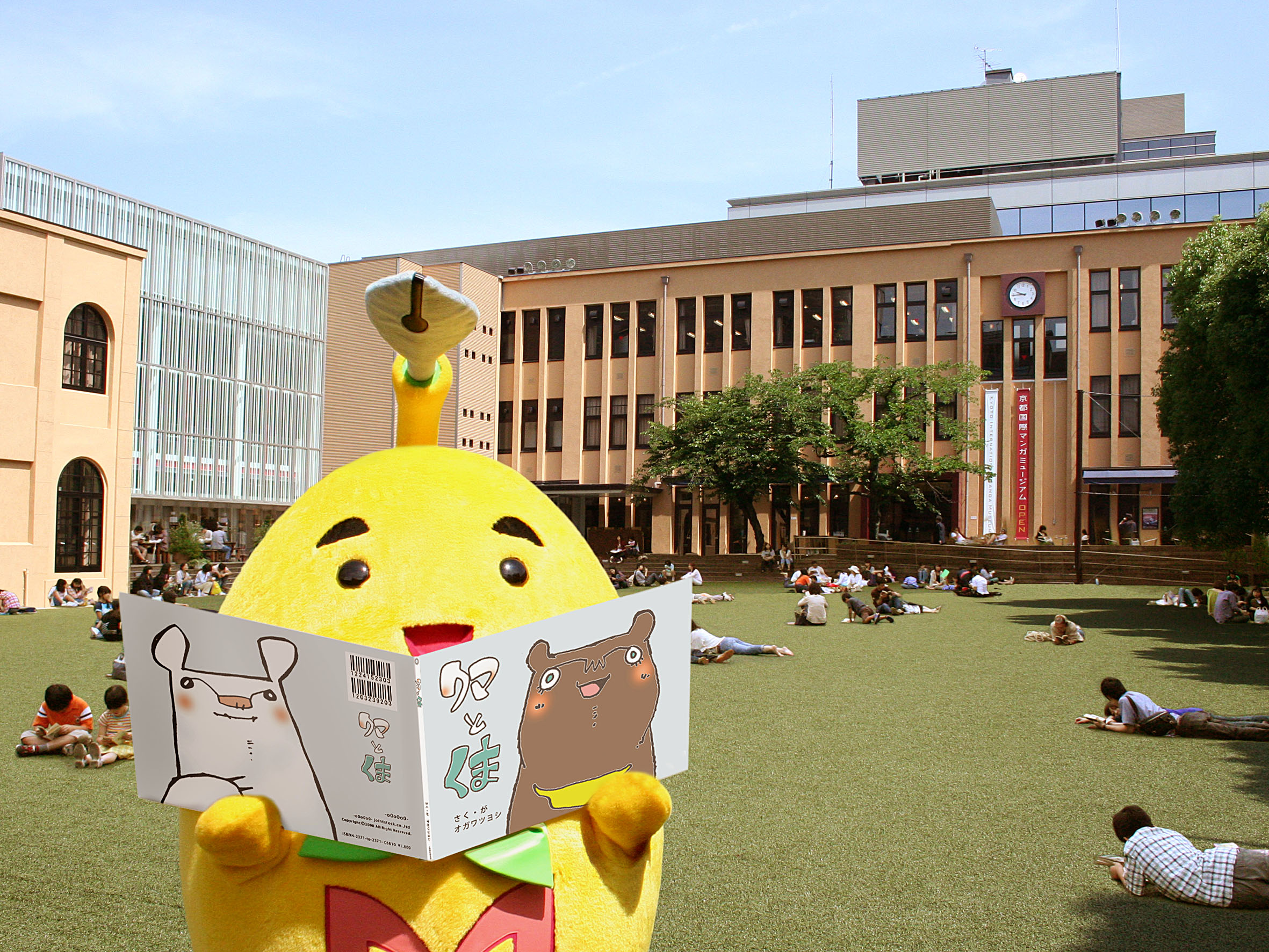
Nishi-Hongwan-ji Temple is designed to impress. The finest example of Momoyama Period (1573-1603) architecture in Kyoto, the temple features large buildings, elaborate gates with gold trim, gilded altars, painted statues, and a host of other items designated National Treasures, including the oldest Noh stage in Japan.
Nishi-Hongwan-ji Temple is the headquarter of the Shin Buddhism, which has the largest number of adherents of any sects in Japan. If you spend some time on the wide tatami mat in front of the altar in the main hall and bask in the splendor of the decoration, you would feel the power of this influential spiritual movement. Perhaps one can even catch a glimpse of the “Pure Land,” the Buddhist heaven the elaborate display is meant to evoke.
The temple was founded in 1272 by the daughter of Shinran (1173-1263), the sect’s founder. Shinran’s teachings were simpler than the doctrines of other Buddhist schools and became very popular with the poor. His influence grew rapidly, and in time the ruling shoguns began to fear the temple’s influence. Thus the sect was divided into two schools, with a rival temple, Higashi Hongwan-ji Temple, being established close by. As evidenced by its stunning decorations, however, Nishi Hongwan-ji Temple has continued to prosper.
Basic Information
- Address : Hanaya-cho sagaru, Horikawa-dori, Shimogyo-ku, Kyoto City, 600-8501
- Website : Click here

